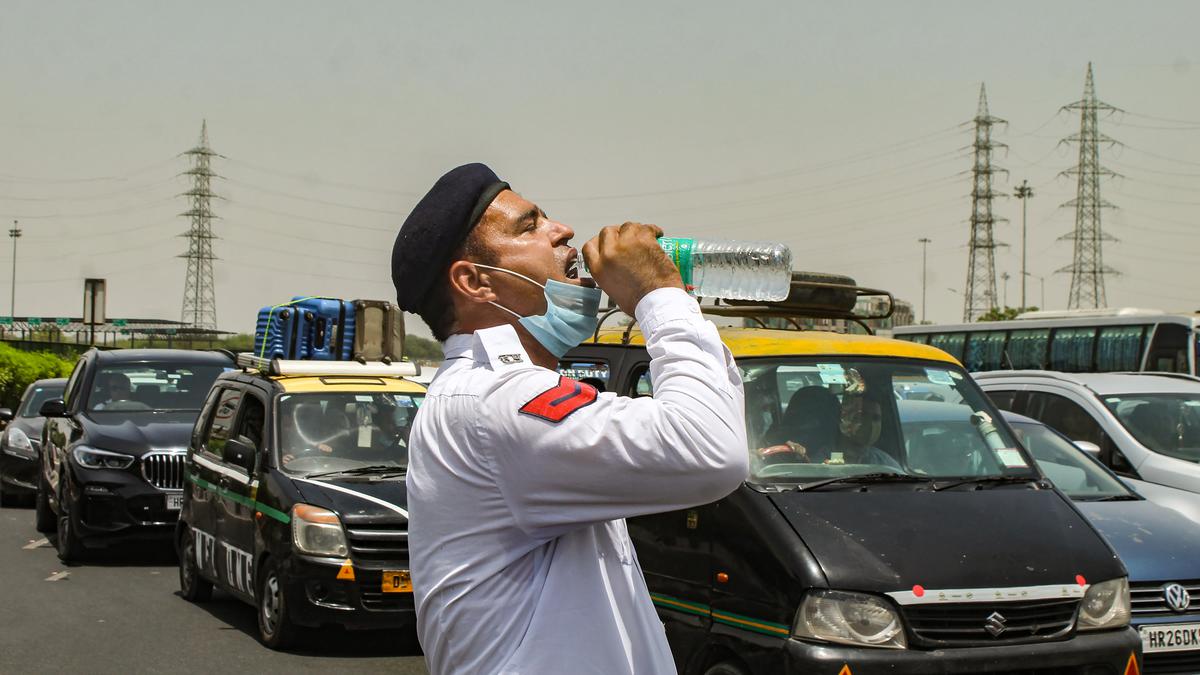
Explained | IMD is already sensing heat waves. What are they and why do they happen? Premium
The Hindu
In spring, India typically has air flowing in from the west-northwest. This direction is bad news for several reasons.
In the week of February 21, the India Meteorological Department (IMD) warned that the maximum temperatures over northwest, west, and central India would be 3-5° C higher than the long-term average.
On February 21 itself, the national capital recorded its third hottest February day (33.6° C) in more than five decades.
In the week before, the IMD had warned of heat waves in the Kutch and Konkan regions, only to withdraw them after a sea breeze came to the rescue.
If the heat waves had played out, they would have been the earliest these regions would have experienced this deadly phenomenon.
El Niño + heat waves
Irrespective of whether these are freak occurrences, heat waves are expected to become more intense, longer, and more frequent over the Indian subcontinent. According to the IMD, a region has a heat wave if its ambient temperature deviates by at least 4.5-6.4° C from the long-term average. There is also a heat wave if the maximum temperature crosses 45° C (or 37° C at a hill-station).
Spring (March-April) in 2022 in India was already a sign of things to come: the heat wave ‘season’ started early, was more intense than the long-term average, and had more waves.

The Leela Palace Chennai presents the seven edition of Shefs at The Leela in collaboration with ‘Dean With Us’ — the mother-daughter duo of Rupali and Akansha Dean. The event honours the transformative role of Indian women chefs who are shaping the future of gastronomy. After past editions hosted across Bengaluru, Gurugram, Chennai, and Jaipur, the seventh edition in Chennai will bring together four women chefs — Sambhavi Joshi, Taiyaba Ali, Sehaj Ghuman and Bunuma Patagiri, who will bring their years of expertise into curating a menu that speaks both of their work and India’s diverse culinary heritage.





















 Run 3 Space | Play Space Running Game
Run 3 Space | Play Space Running Game Traffic Jam 3D | Online Racing Game
Traffic Jam 3D | Online Racing Game Duck Hunt | Play Old Classic Game
Duck Hunt | Play Old Classic Game










